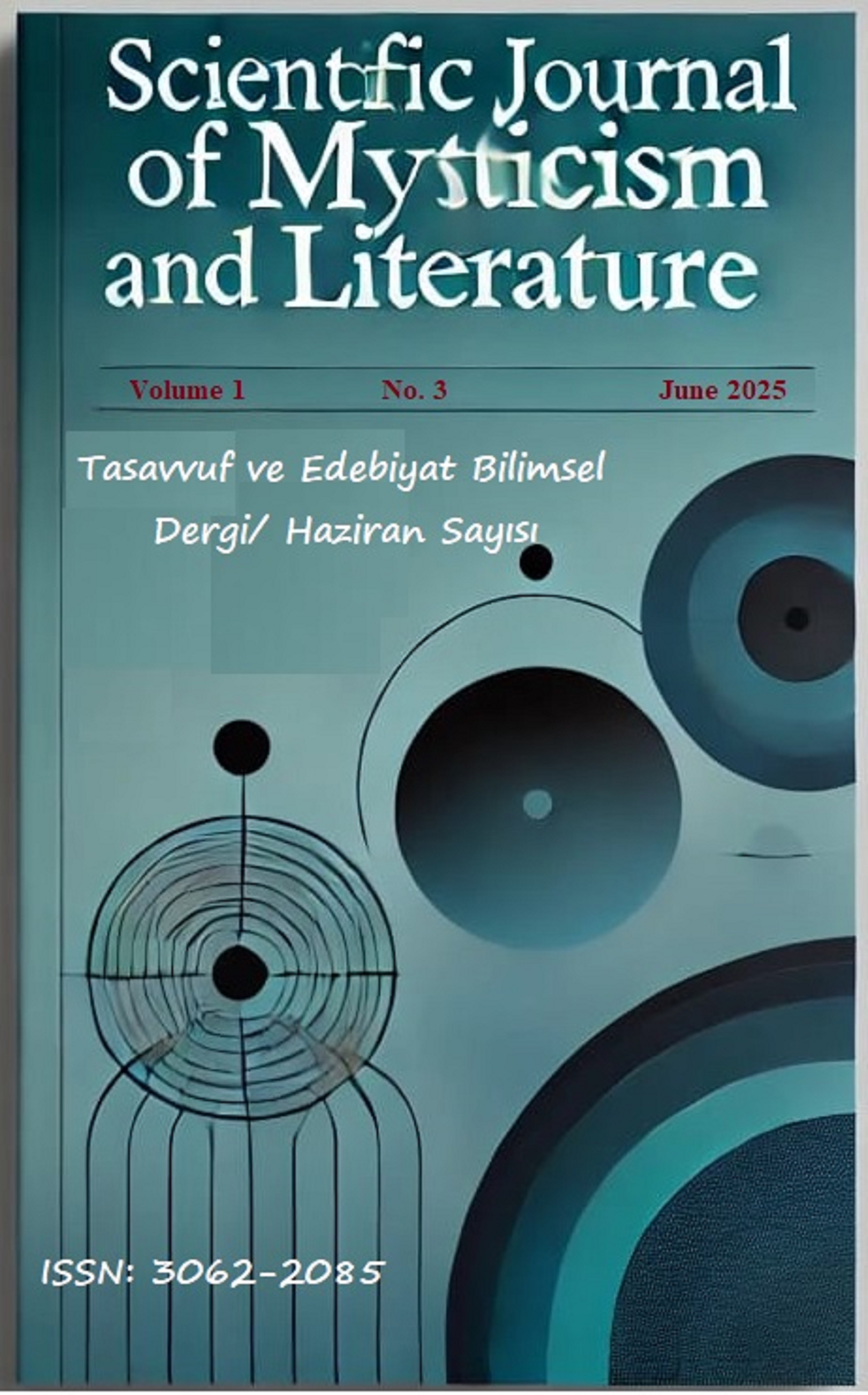The Illuminating Mysticism: The Symbolism of Light in Rumi’s Mathnawi and Tabriz Grand Bazaar
Aydınlatan Tasavvuf: Mevlana'nın Mesnevi'sinde Işığın Sembolizmi ve Tebriz Kapalıçarşısı
DOI:
https://doi.org/10.32955/neujsml2025131022Abstract
This study examines the relationship between the mystical themes in Jalaluddin Muhammad Balkhi's Mathnawi Manavi, known as Rumi, and the architectural design of the Tabriz Grand Bazaar, a prominent example of traditional Iranian-Islamic architecture. Rumi's Mathnawi addresses many facets of human life from a mystical perspective, particularly exploring the symbolism and function of light. As a key theme in Rumi's work, light represents divine presence, truth, and knowledge, reflecting the way of life and ideal societal conditions. Influenced by Islamic culture, Rumi's insights on light extend to architectural contexts, where light is used to shape spaces that foster spiritual insight and unity. Through a comparative analysis of the Mathnawi and the Tabriz Grand Bazaar's design, this article investigates how natural light creates bright, welcoming spaces and highlights key architectural elements. The findings reveal that Rumi's poetic concepts are embedded in the Bazaar's design, where light bridges the material and spiritual realms. This research contributes to a deeper understanding of how poetic and mystical inspiration can be translated into the tangible configuration of architectural spaces, blending cultural identity, spirituality, and functionality.
Keywords: Rumi Poem, Mathnawi, Tabriz Grand Bazaar, Light symbolism, Iranian-Islamic architecture, Mysticism in architecture.


